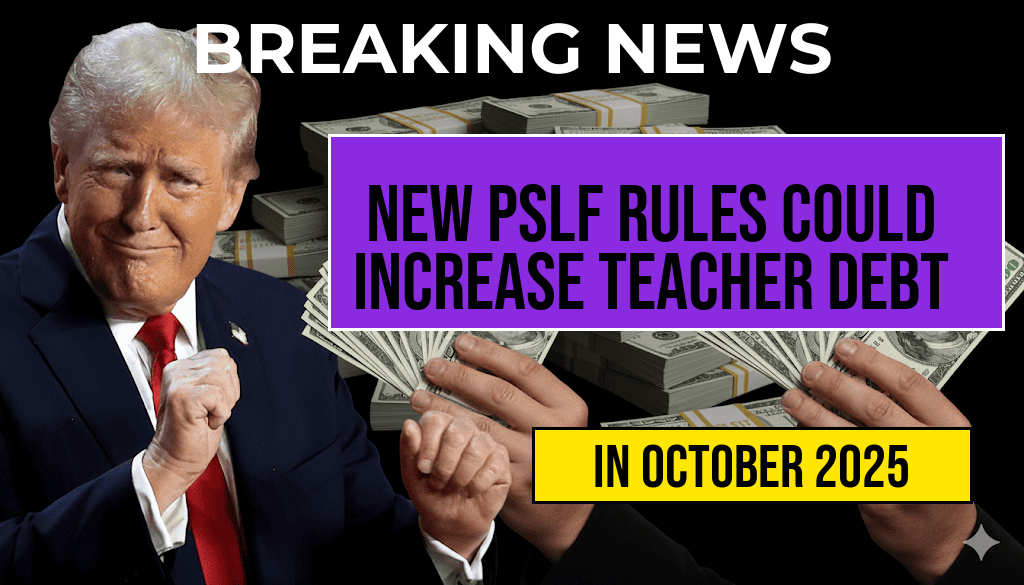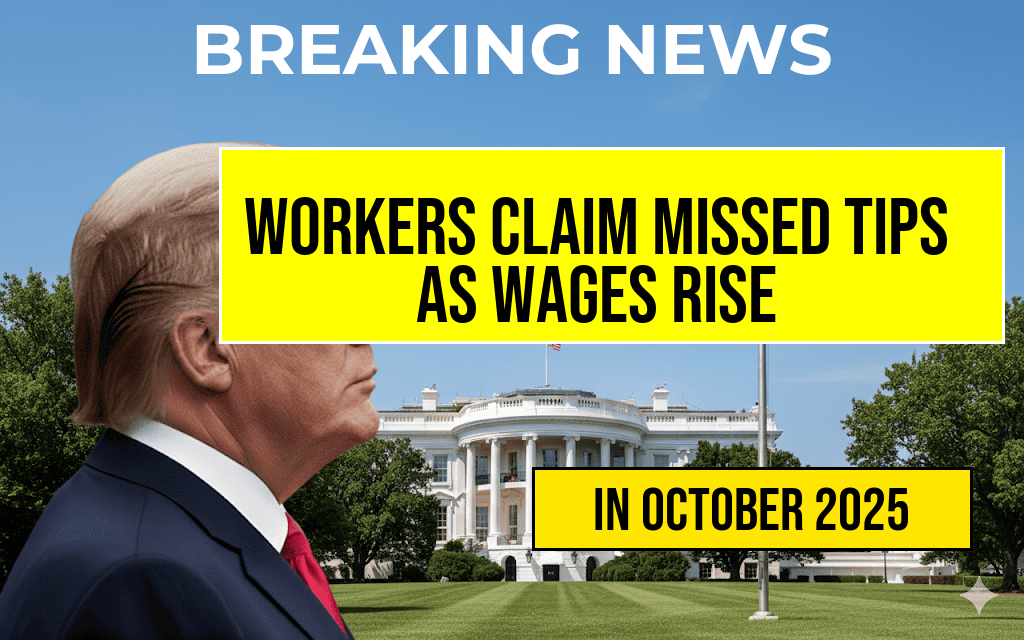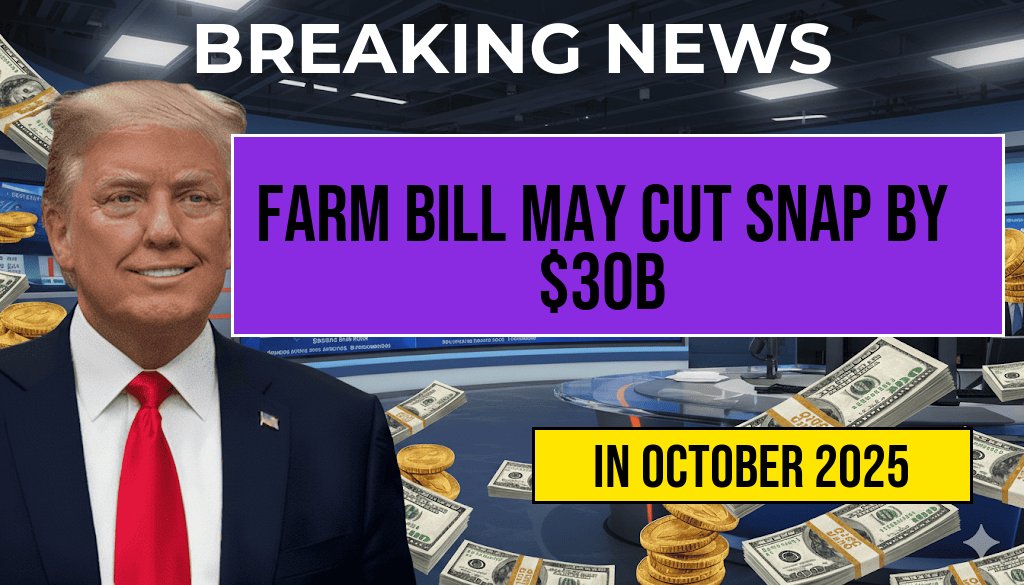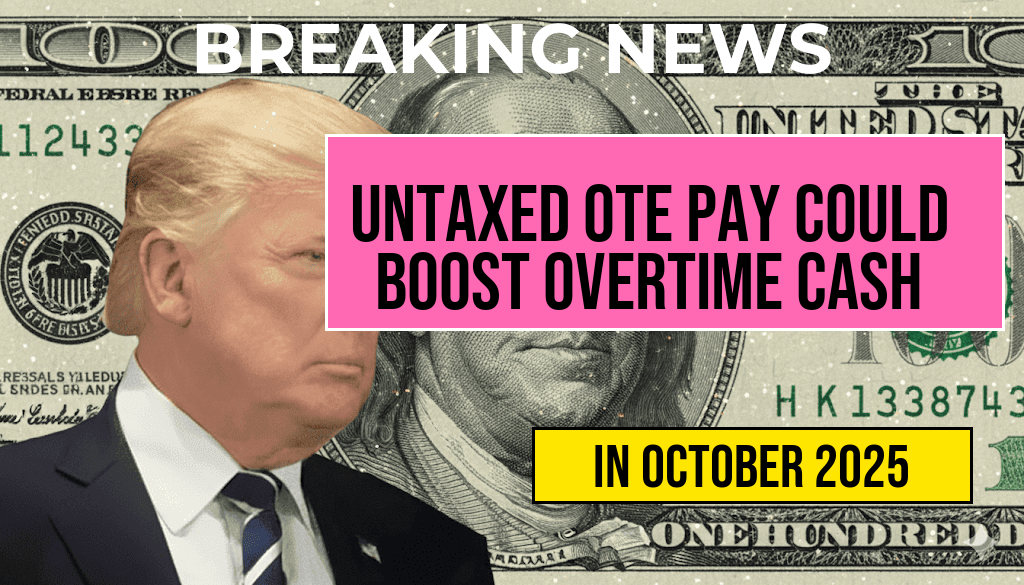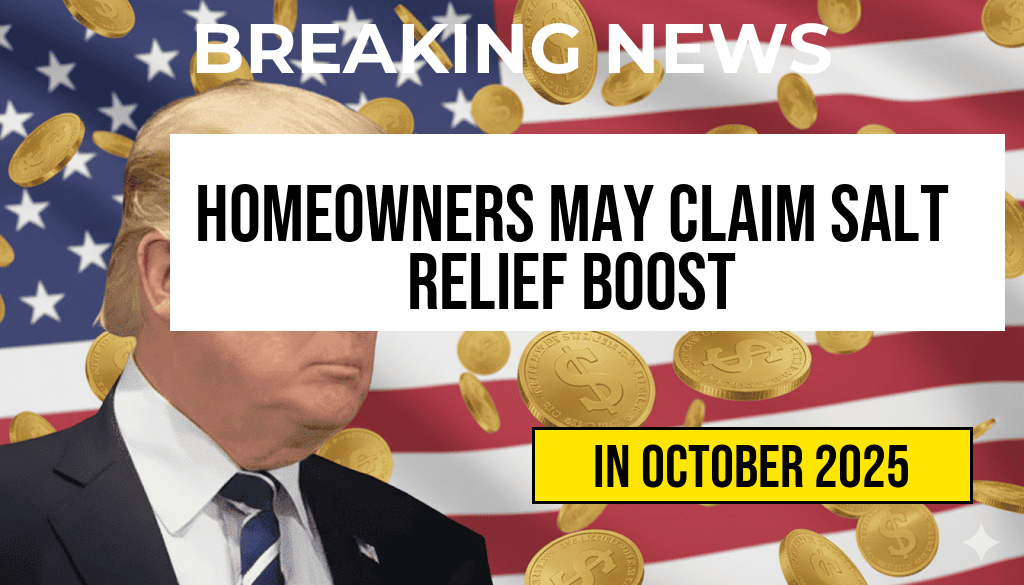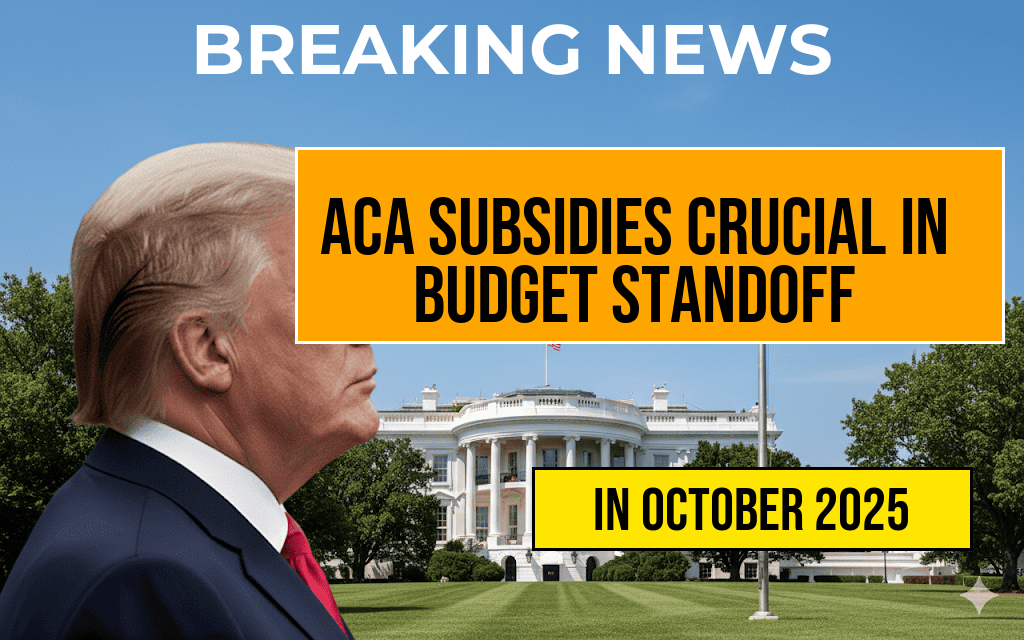Recent changes to the Public Service Loan Forgiveness (PSLF) program have left many educators concerned about their financial futures. New regulations, which were implemented as part of an effort to streamline the PSLF process, could inadvertently extend the repayment period for teachers by thousands of dollars. While the intention behind the reforms is to simplify loan forgiveness for public service workers, the execution may lead to significantly higher costs for those who have dedicated their careers to education. As teachers grapple with these unexpected financial burdens, discussions about the implications of these regulations are gaining traction among educators and policymakers alike.
Understanding the New PSLF Regulations
The PSLF program was established to encourage individuals to pursue careers in public service by offering loan forgiveness after 120 qualifying payments. However, the recent modifications to the program have introduced complexities that could affect teachers’ financial obligations.
Key Changes to the Program
- Revised Definition of Qualifying Payments: Previously, certain payments made under income-driven repayment plans were counted toward the 120 payments required for forgiveness. Under the new regulations, this definition has been narrowed, potentially increasing the total payments teachers must make.
- Impact on Loan Types: The changes also affect which loan types qualify for forgiveness, with some federal loans being excluded from eligibility. This could lead to confusion and unintended financial consequences for borrowers.
- Extended Repayment Period: As a result of these modifications, many teachers may now find themselves in repayment for years longer than anticipated, leading to additional interest accrual and higher overall debt.
Financial Implications for Educators
The ramifications of the new PSLF regulations for teachers are significant. According to a recent analysis, many educators could see their total student loan debt increase by tens of thousands of dollars due to the extended repayment terms and the revised qualifying payment definitions. This situation raises critical questions about the sustainability of educational careers, particularly in states already struggling to retain qualified teachers.
Case Studies: The Real-World Impact
To illustrate the potential impact, consider the following scenarios:
| Teacher Type | Current Debt | Original Repayment Period | Extended Repayment Period | Projected Additional Debt |
|---|---|---|---|---|
| Elementary School Teacher | $40,000 | 10 years | 15 years | $15,000 |
| High School Teacher | $50,000 | 10 years | 20 years | $25,000 |
| Special Education Teacher | $60,000 | 10 years | 25 years | $35,000 |
Advocacy and Responses
In response to these changes, various teacher advocacy groups have mobilized to voice their concerns. Organizations like the National Education Association (NEA) are actively lobbying for adjustments to the PSLF regulations, arguing that educators should not be penalized for their commitment to public service. Their efforts aim to ensure that the program fulfills its original purpose of incentivizing careers in education, rather than creating additional financial barriers.
What Educators Can Do
Teachers facing these challenges have several options available to them:
- Stay Informed: Understanding the specifics of the new regulations is essential. Educators should regularly consult resources such as the Federal Student Aid website for updates.
- Seek Financial Counseling: Many organizations offer financial planning services specifically tailored to educators. Engaging with a professional can help navigate repayment options.
- Advocate for Change: Joining advocacy groups can amplify teachers’ voices in discussions about the PSLF program and its future.
Conclusion
The recent regulations surrounding the PSLF program have ignited a conversation about the financial realities faced by educators. As these changes begin to take effect, the long-term implications for teachers’ financial health remain to be seen. What is clear, however, is the need for ongoing dialogue and potential reform to ensure that those who serve in public education are not further burdened by debt.
Frequently Asked Questions
What are the new PSLF regulations for teachers?
The new Public Service Loan Forgiveness (PSLF) regulations for teachers include updated eligibility criteria and potential changes to how qualifying payments are counted, which may affect the total debt owed.
How might these regulations extend debt for teachers?
Under the new regulations, some teachers may find that they have to make additional payments before qualifying for loan forgiveness, potentially extending their debt by thousands of dollars.
Who is eligible for the PSLF program?
To be eligible for the Public Service Loan Forgiveness program, borrowers must work full-time for a qualifying employer, such as a public school or nonprofit organization, and make 120 qualifying monthly payments.
What should teachers do if they are concerned about their student loans?
Teachers concerned about their student loans should review their eligibility for the PSLF program, consult financial advisors, and stay informed about any changes to regulations that may impact their loans.
Are there any resources available for teachers navigating PSLF?
Yes, teachers can access various resources such as the Federal Student Aid website, local education agencies, and financial counseling services to help them navigate the PSLF process and understand their options.

